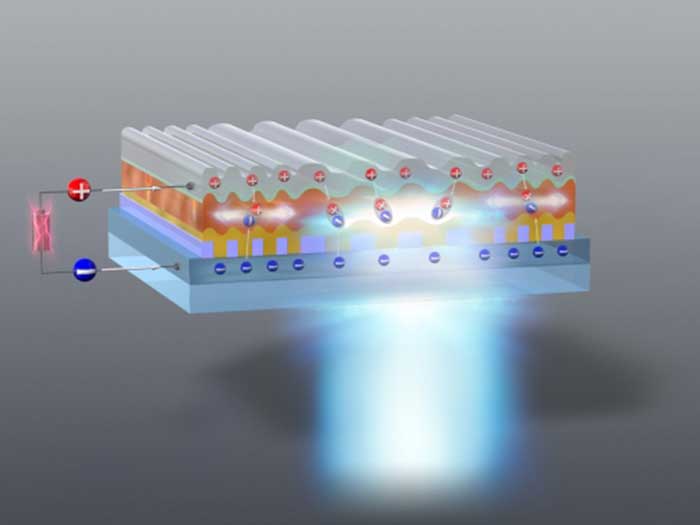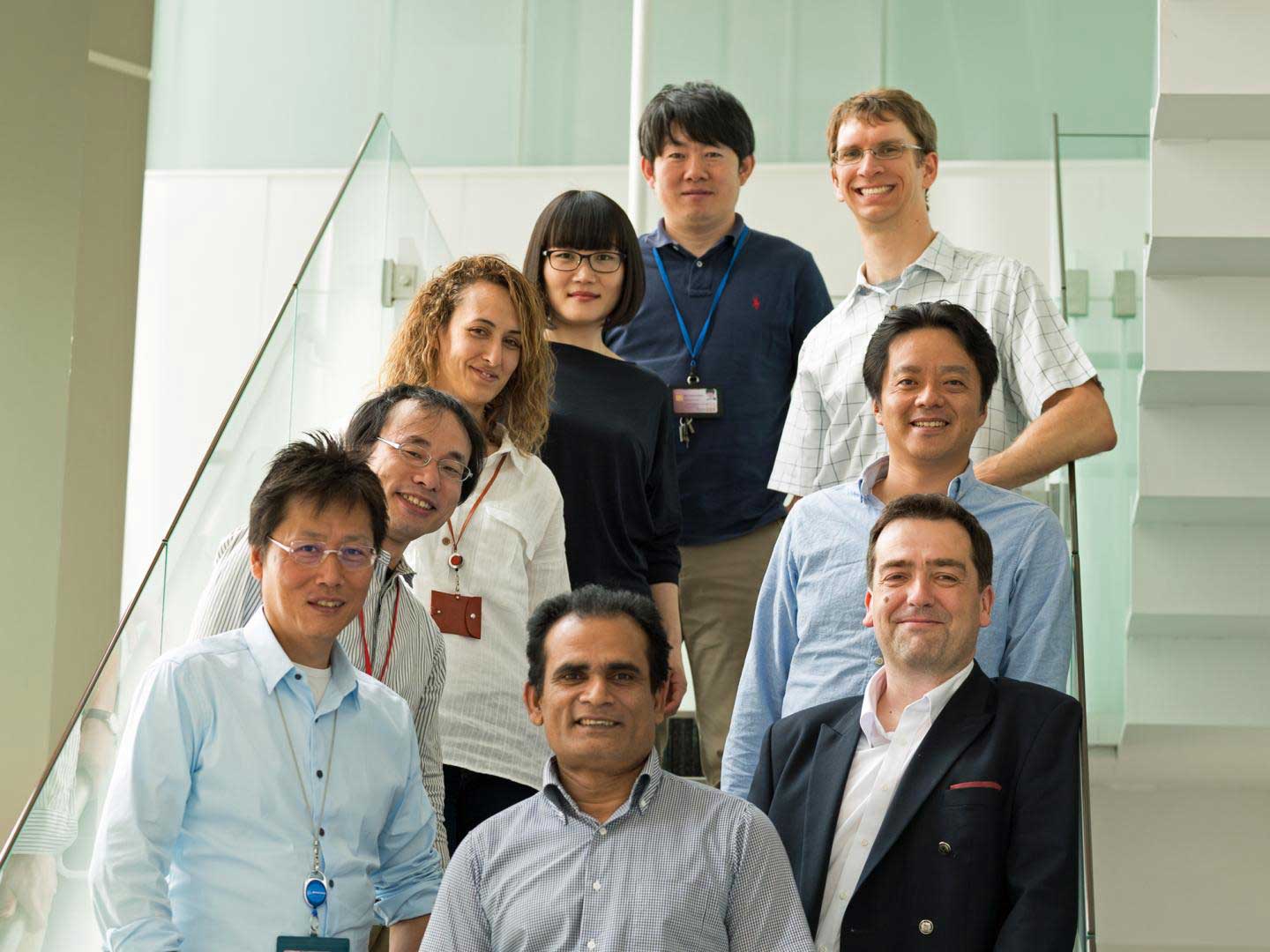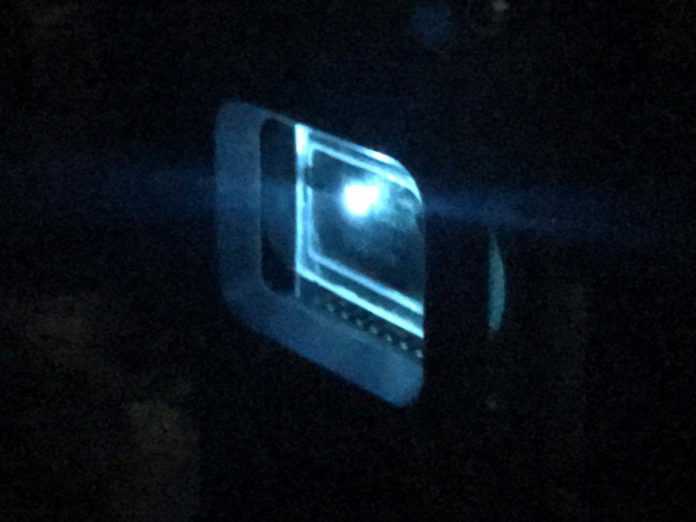Considered as a holy grail in the zone of light-emitting devices, organic laser diodes use carbon-based organic materials to emanate light rather than the inorganic semiconductors, for example, gallium arsenide and gallium nitride, utilized in conventional gadgets.
The lasers that are similar to OLEDs, in which a thin layer of organic molecules emits light when power is connected. OLEDs have turned into a famous decision for cell phone displays as a result of their high proficiency and vibrant colors, which can without much of a stretch be changed by structuring new organic molecules.
OLEDs generate a lot of pure light by enabling additional applications. The only drawback is, they require currents that are magnitudes higher than those used in OLEDs to achieve the lasing process. These extreme conditions caused previously studied devices to break down well before lasing could be observed.
Further complicating the progress, past cases of electrically produced lasing from organic materials ended up being false on several occasions, with other phenomena being confused with lasing in light of insufficient characterization.

CREDIT
Center for Organic Photonics and Electronics Research, Kyushu University
Now, scientists at the Center for Organic Photonics and Electronics Research (OPERA) at Kyushu University have demonstrated that a long-elusive kind of laser diode based on organic semiconductors is indeed possible, paving the way for the further expansion of lasers in applications such as biosensing, displays, healthcare, and optical communications.
Atula S. D. Sandanayaka, lead author on the paper said, “I think that many people in the community were doubting whether we would actually one day see the realization of an organic laser diode, but by slowing chipping away at the various performance limitations with improved materials and new device structures, we finally did it.”
A critical advance in lasing is the infusion of a lot of electrical currents into the natural layers to accomplish a condition called population inversion. In any case, the high protection from the power of numerous natural materials makes it difficult to get enough electrical charges in the materials before they heat up and burn out.
In addition, a variety of loss processes inherent to most organic materials and gadgets working under high currents brings down effectiveness, pushing the vital current up significantly higher.
To overcome these obstacles, scientists used a highly efficient organic light-emitting material (BSBCz) with a relatively low resistance to electricity and a low amount of losses–even when injected with large amounts of electricity. But having the right material alone was not enough.

CREDIT
Center for Organic Photonics and Electronics Research, Kyushu University
They also designed a device structure with a grid of insulating material on top of one of the electrodes used to inject electricity into the organic thin films. Such grids–called distributed feedback structures–are known to produce the optical effects required for lasing, but the researchers took it one step further.
Prof. Chihaya Adachi, a founding member of KOALA Tech Inc. said, “By optimizing these grids, we could not only obtain the desired optical properties but also control the flow of electricity in the devices and minimize the amount of electricity required to observe lasing from the organic thin film.”
Scientists believe that their study could accelerate research and overcome the final obstacles remaining for using the organic laser diodes in commercial applications.
The study is published in the journal Applied Physics Express.
